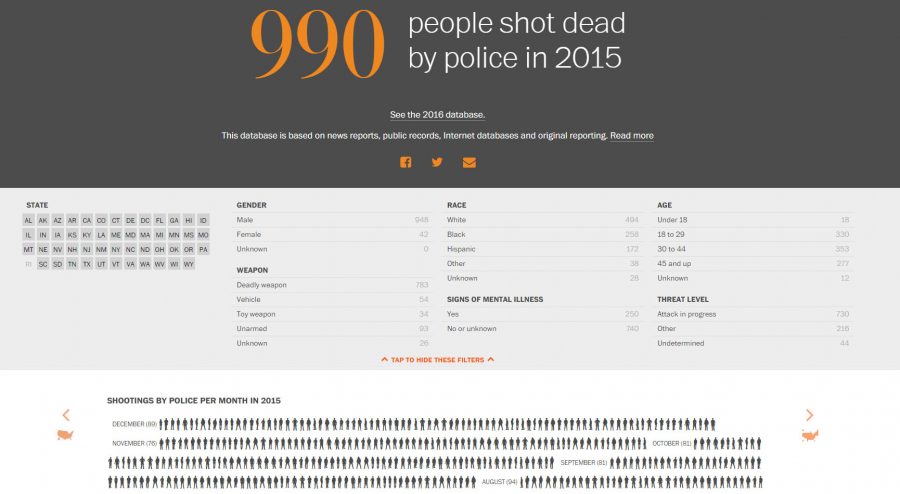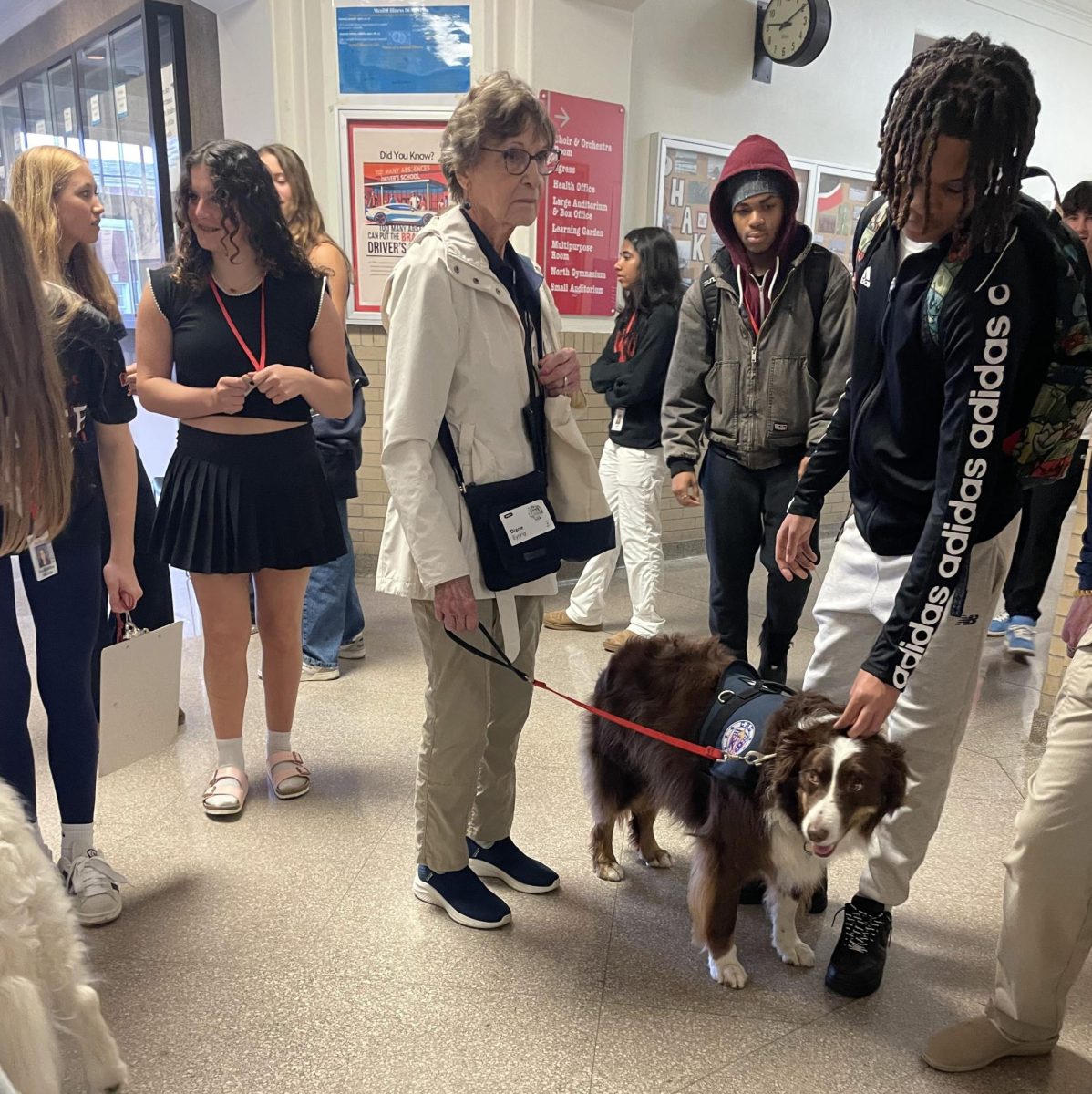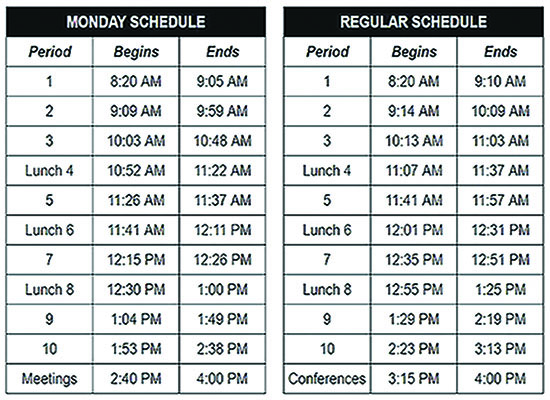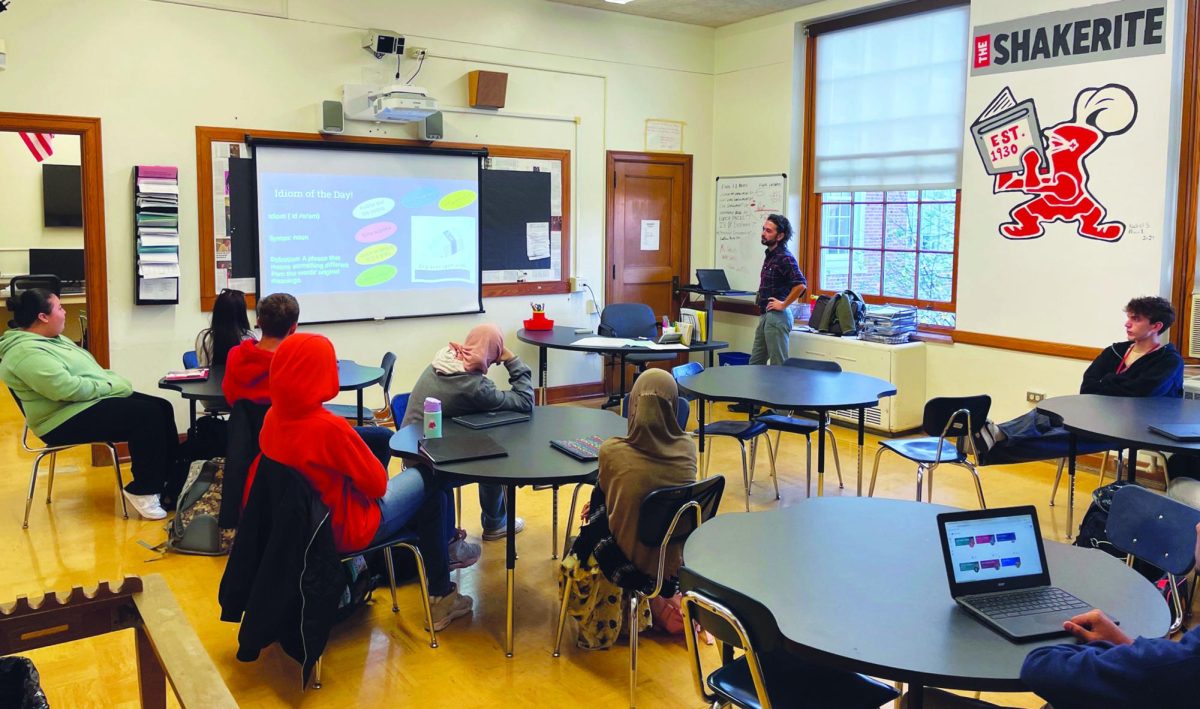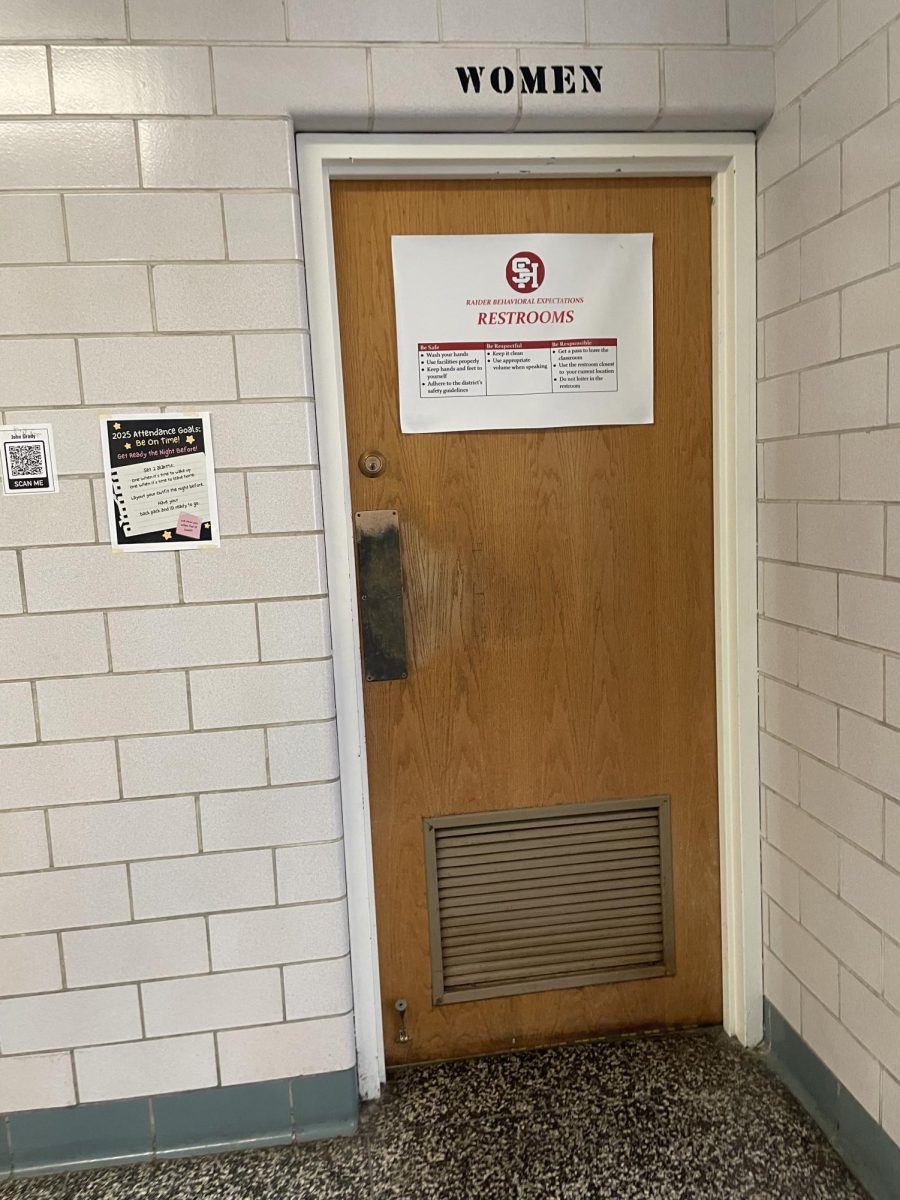Superintendent Gregory C. Hutchings, Jr. announced that the school district will end its policy of social promotion at the middle school. The policy allows students to progress to the next grade even if they fail one or more of their classes.
“We need to end social promotion,” Hutchings said. “Mastery promotion is what we need to do.”
The announcement came at a community meeting about the new state report card, which will rate schools with letter grades rather than with terms such as Excellent, Effective and Academic Watch. Shaker’s rating and those of all Ohio’s public schools will be released tomorrow at 11 a.m. Many districts are bracing for their results. In a simulated rating of Ohio schools conducted under the new system, Shaker Middle School earned six F’s and one C.
Sixty-five people attended the meeting in the high school’s Small Auditorium, including Shaker Heights Mayor Earl Leiken and Board of Education President Annette Sutherland.
The end of social promotion would mean that students who fail a course would have to repeat the grade until they achieved entirely passing grades, D or above. According to the Ohio Department of Education, 23 percent of African American ninth graders and 28 percent of economically disadvantaged ninth graders were retained in the 2010-2011 school year. In eighth grade of that year, one hundred percent of African American students and 99 percent of economically disadvantaged students were retained by parental choice.
“We’ve promoted students who are not really prepared to move forward,” Hutchings said. “Not that it’s too late, but it’s more difficult to serve a student well if we’re waiting until ninth grade.”
Hutchings also announced mandatory after-school help for students performing below proficiency level. Students below that level will be required to stay during conference period to receive additional help. Hutchings said the policy would be “non-negotiable.”
Dale Whittington, Shaker’s director of research and evaluation, said during her presentation at the meeting that the new system “seems so simple, but it’s not.” Six new components are being added to the grading system, including graduation rates, K-3 literacy and gap closing.
As part of the new measurement of graduating pupils, there will be separate four-year and five-year graduation rates on the report card. “It’s not just whether or not somebody graduates,” Whittington said. “It’s whether they graduate four years after their first day of ninth grade.” Last year, Shaker’s graduation rate was 83 percent.
Of Hutchings’ worries, he said that right now, “the biggest thing . . . is our graduation rate.”
Hutchings said Thursday’s report card would be “just one source” of the district’s progress. “It does not define who we are as a school district,” Hutchings said. However, he added, “We do have some areas where we need to grow.”
The new superintendent also said there would be a new “Response to Intervention specialist” at the middle school to address behavioral issues there. According to Hutchings, the new position will allow the school’s assistant principals and principal to be “instructional leaders” who participate in classroom learning instead of dealing primarily in disciplining students.
Jeff Rose, whose youngest daughter graduated from the middle school in June, thinks that ending social promotion is a good idea. In a telephone interview, he said, “It cheats the children. It’s not fair to them.” However, as a parent, he did not see major problems at the middle school. “I thought it was a good preparatory to go to high school,” he said. “If I didn’t think they were doing a good job, my daughters would be going to a private school.”
His daughter, incoming freshman Samantha Rose, said “half of the students try, half don’t” at the middle school. She is dubious about whether ending social promotion would be effective. “Those students wouldn’t be holding us back anymore, but they would just be a problem for the next grade they get held back to,” she said.
As for requiring students to stay after school for extra help, Samantha is equally skeptical. “Students that need the help are the ones who don’t try,” she said. “If they don’t try during the day, they won’t try after school, so it’d be wasting everyone’s time.”
Through “mastery promotion” and time for extended learning, Hutchings hopes not only to raise the district’s ratings, but also to close its achievement gap. The new superintendent plans to offer “alternative pathways for our students to be successful and to get a Shaker Heights diploma,” such as online learning.
While Hutchings will particularly focus on improving the middle school, his efforts to combat the “opportunity gap” will extended across Shaker’s schools. “We need to really target our students in fifth grade,” he said. “That’s where we really see a split.”
Print Editor in Chief Shane McKeon contributed reporting for this article.

